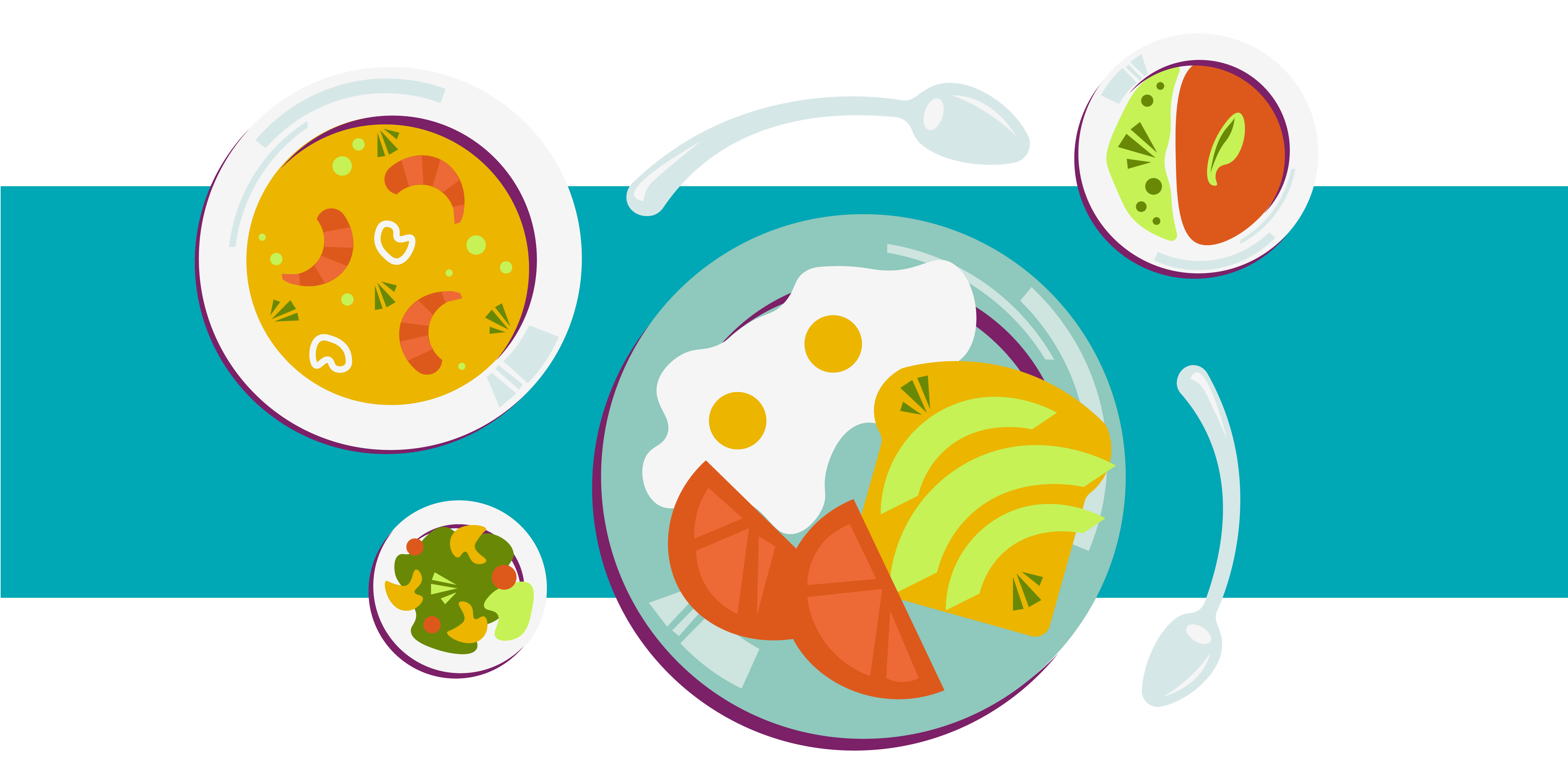There's a simple and visually appealing strategy gaining popularity – eating the rainbow. This concept revolves around creating a vibrant, colorful plate by incorporating a diverse range of fruits and vegetables, each color representing a unique set of health benefits.
- Reds: The red spectrum, found in tomatoes, strawberries, and red peppers contain antioxidants that have been linked to heart health and may help lower the risk of certain cancers.
- Oranges and Yellows: Foods like oranges, carrots, and sweet potatoes have high levels of beta-carotene, promoting eye health and a robust immune system. These colors also contain vitamin C, which contributes to collagen formation and overall skin health.
- Greens: Leafy greens such as spinach, kale, and broccoli are rich in chlorophyll, fiber, and a variety of vitamins and minerals. They support bone health, aid in digestion, and provide essential nutrients like calcium and iron.
- Blues and Purples: Blueberries, grapes, and eggplants owe their vibrant colors to antioxidants associated with cognitive function and cardiovascular health. Including these colors in your diet may offer protective benefits for both the brain and heart.
- Whites and Browns: Don't forget the neutral tones! Foods like onions, garlic, and mushrooms contain anti-inflammatory properties. They contribute to immune support and may reduce the risk of chronic diseases.
By making sure to incorporate a variety of colors into your meals, you ensure a broad range of essential nutrients, vitamins, and antioxidants. This not only adds excitement to your plate, but also promotes overall well-being. So, the next time you prepare your meal, remember the more colors on your plate, the more health benefits you're likely to gain.
Sources:
Phytonutrients: Paint your plate with the colors of the rainbow - Harvard Health
Eat the Rainbow: Why Color Variety Matters With Fruits & Vegetables (foodrevolution.org)
